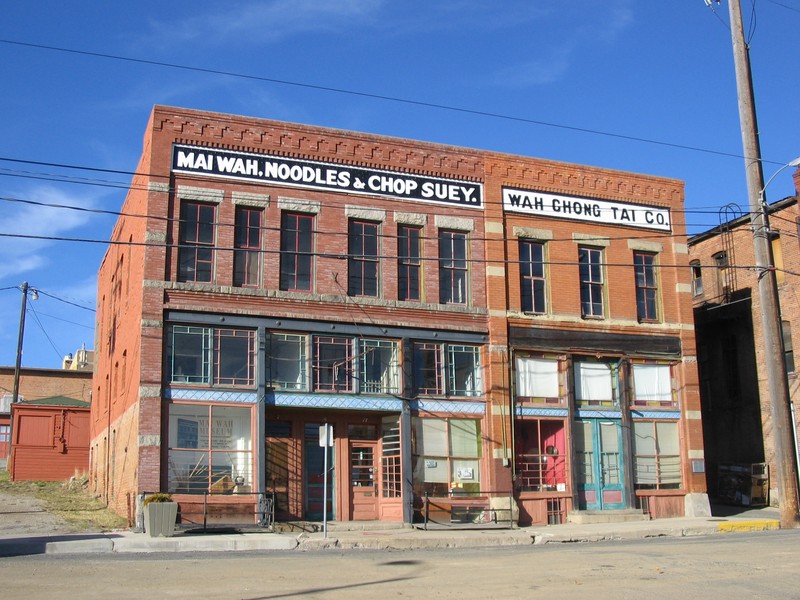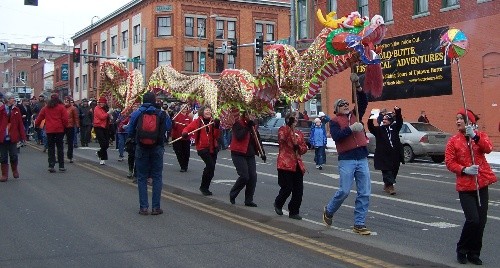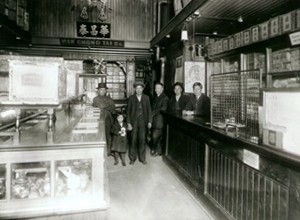Mai Wah Museum
Introduction
Text-to-speech Audio
Images
The Mai Wah Society is also rehabilitating and restoring the Mai Wah Noodle Parlor and Wah Chong Tai Co. buildings.

Each year, the Mai Wah Society sponsors a Chinese Lunar New Year’s parade.

The photo shows the interior of Wah Chong Tai general store in 1905

Backstory and Context
Text-to-speech Audio
Between 1850 and 1900, about 250,000 Chinese came to America and thousands ended up in Montana to dig for gold and to help build railroads that ensured the prosperity of the remote state. In the 1870 census, 10 percent of Montana's residents, almost 2,000, were Chinese. Chinatowns evolved in the larger mining and railroad settlements. Some, like Butte's Chinatown, grew to have more than 2,000 living there by 1910.
For a few decades, Butte thrived as a metropolis with a population of nearly 100,000. From 1880 until the late 1920s, the Chinatown was a bustling area packed with dozens of businesses that sold Chinese and Japanese dry goods and foods, herb shops, gambling houses, noodle parlors, and laundries. The 1914 Butte city directory lists 62 Chinese businesses, including four physicians who practiced herbal medicine. A Chinese Baptist Mission ministered to the Christian population within Chinatown, almost directly across the street from the Mai Wah.
Charlie Bovey, a Montana legislator, saved buildings and artifacts from all over Montana in his efforts to restore and preserve Virginia City and Nevada City, Montana. Most of Nevada City consists of buildings brought in from around the state. In the mid-1940s, after the Wah Chong Tai Mercantile had closed, Bovey purchased the contents (cabinets and all their contents) and moved them to Nevada City. In 1997, the State of Montana purchased more than 250 buildings and their contents from the Bovey heirs, creating the Montana Heritage Commission to manage them.
In the late 2000s, the Montana Heritage Commission began an effort to maintain Virginia City and Nevada City "as they were," and the Mai Wah Society and the Heritage Commission began negotiations to return the Wah Chong Tai Mercantile materials to their place of origin in Butte.
